Contents
Guide

Slow Culture and the American Dream
Slow Culture and the American Dream
A Slow and Curvy Philosophy for the Twenty-First Century
Mary Caputi
LEXINGTON BOOKS
Lanham Boulder New York London
Published by Lexington Books
An imprint of The Rowman & Littlefield Publishing Group, Inc.
4501 Forbes Boulevard, Suite 200, Lanham, Maryland 20706
www.rowman.com
86-90 Paul Street, London EC2A 4NE
Copyright 2022 by The Rowman & Littlefield Publishing Group, Inc.
All rights reserved. No part of this book may be reproduced in any form or by any electronic or mechanical means, including information storage and retrieval systems, without written permission from the publisher, except by a reviewer who may quote passages in a review.
British Library Cataloguing in Publication Information Available
Library of Congress Cataloging-in-Publication Data
Names: Caputi, Mary, 1957- author.
Title: Slow culture and the American dream : a slow and curvy philosophy
for the twenty-first century / Mary Caputi.
Description: Lanham : Lexington Books, [2022] | Includes bibliographical
references and index.
Identifiers: LCCN 2022005141 (print) | LCCN 2022005142 (ebook) | ISBN
9781793642400 (cloth) | ISBN 9781793642417 (ebook)
Subjects: LCSH: Slow life movement--United States.
Classification: LCC HN20 .C37 2022 (print) | LCC HN20 (ebook) | DDC
306.973--dc23/eng/20220324
LC record available at https://lccn.loc.gov/2022005141LC ebook record available at https://lccn.loc.gov/2022005142
 The paper used in this publication meets the minimum requirements of American National Standard for Information SciencesPermanence of Paper for Printed Library Materials, ANSI/NISO Z39.48-1992.
The paper used in this publication meets the minimum requirements of American National Standard for Information SciencesPermanence of Paper for Printed Library Materials, ANSI/NISO Z39.48-1992.
To my Sunday Zoom Group that sustained me throughout the lockdown: Richard and Rahael, Pauline and Tony, Carol and Randy, Nancy and Christine, Chris and Maria, Chiara, Adam, and Elena, Lucas and Courtney, Anthony and Mayra
There are a great many people that I need to thank in connection with this project. First and foremost, I would like to thank Jane Close Conoley, president of California State University, Long Beach, for her generous award that allowed me to travel and conduct interviews about the slow movement. President Conoleys award supported me for a year, and with the help of Amelia Marquez I was able to use it for numerous aspects of my research that are invaluable to this book. I am also very indebted to the people from Slow Food International, Slow Food USA, and Cittaslow who made time for me; their input and insights taught me a great deal about both movements, and about the slow philosophy in general. They include Carlo Petrini, Cinzia Scaffidi, the late Paolo Saturnini, Pier Giorgio Oliveti, Aldo Graziani, Alice Waters, Anna Mul, Richard McCarthy, and Andrew Nowak. All of them set aside time to talk with me and I am very grateful for their attention to my work. Pier Giorgio Oliveti was especially generous not only with his time and knowledge, but also in sharing the names of Cittaslow mayors, some of whom I eventually interviewed. Thus, I would like to thank the mayors of Positano and San Miniato, Italy; Saint Antonin Noble Val and Mirande, France; Alphen-Chaam, the Netherlands, and Andrea Mearns of Mold, Wales for their invaluable input and dedication to the movement. Many thanks to Rhonda Del Bene for her friendly companionship and help in my travels to France. Colles Stowell and Kevin Scribner spoke with me at length about Slow Fish USA and deepened my understanding of the importance of the oceans to the ecosystem. I am grateful for their time and impressive knowledge of the oceans. Five people were instrumental in teaching me about efforts to introduce the Cittaslow philosophy in the United States: Pamela Campbell, Elmire Budak, David Weinsoff, Virginia Hubbell, and Tasha Beauchamp. I am very grateful for their input and interest in my project, and for their stories about how Cittaslow fared on American soil.
Julia Wheen kindly met with me twice and gave me much background and insider knowledge regarding the University of Gastronomic Sciences (UNISG) in Pollenzo, Piedmont, including a tour of the buildings and grounds. She explained how the University has grown and changed over the years, including the ways in which it reaches out to the business community in an effort to go green. A professor at UNISG, Simone Cinotto, allowed me to interview him and he explained a great deal about the academic arm of the University. I am also grateful for the anecdotes of two graduates of the University, Tien Bui and Victoria Ambruso, whose fond memories of their time in Pollenzo speak favorably of the program.
I would also like to thank Geir Berthelsen, founder of The World Institute of Slowness in Kristiansand, Norway, for his explanation of how his Institute seeks to bring the philosophy of slow into everyday life, including into the business community. I am impressed and inspired by his work and the work of his wife, Anna, whose art embellishes the community in Kristiansand. Joanne Byrd and Jeremy Samson taught me a great deal about school gardening programs in Southern California, and Joanne gave me a tour of a gardening site. Many thanks to Kim and Neha for their explanation of how the school garden program is administered in various school systems. Two student assistants, Lucas Madrigal and Lynda Aguayo, researched various aspects of the movement for me when I first began this project, and their findings were invaluable to my writing. I am also indebted to my students Julieta Martinez, Diana Do, and Lindsey Rippert who taught me a great deal about slow fashion; their enthusiasm for the slow movement is inspiring. I would also like to thank friends and colleagues who read portions of the manuscript and recommended texts to me, some of which have proven indispensable to my argument: Ron Schmidt, Judith Grant, Paul Apostolidis, Charlie Mahoney, and Sun Young Kwak gave me excellent advice in this regard. My anonymous reviewers also deserve thanks for their careful reading of my manuscript and many useful suggestions.
I owe a large debt of gratitude to the numerous Slow Food USA and Slow Food International volunteers who allowed me to interview them. Their stories shaped my understanding of the slow movement in various parts of the world and helped me understand how a philosophy comes to be implemented and administered where the rubber hits the road. I thank them for the time they gave me as well as for all they do for the movement. Jim Embry is an inspiration to us all in his commitment to slow principles as well as to bringing social justice center stage in the movement. Fabio Picchi is to be thanked for his commitment to slow principles, especially organic food. Sincere thanks also go to Joseph Parry, Alison Keefner, Sara Noakes, Carter Moran, and Crystal Branson at Lexington Books for their sustained enthusiasm and support. Without their help and guidance, the project would never have seen the light of day. Finally, I would like to thank the team at California State University, Florence, with whom I worked for a year and who took me to Expo 2015 where I first discovered the Slow Food movement. Connie, Paola, Jane, Refugio, Valentina, Marsha, Giulia, other CSU Florence professors, Uta and Giovanni Bernardi: thank you for a wonderful year and for introducing me to the slow movement. I remain deeply indebted to you.

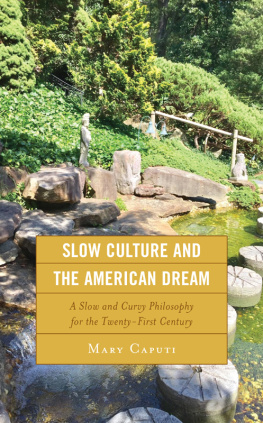
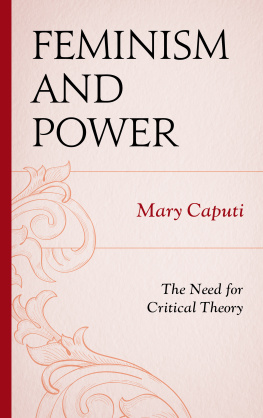
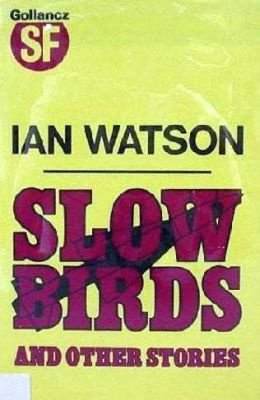

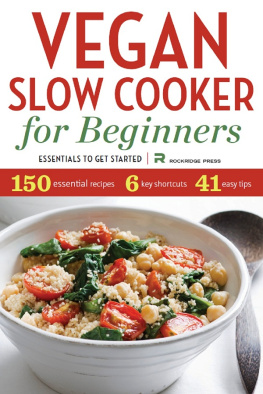


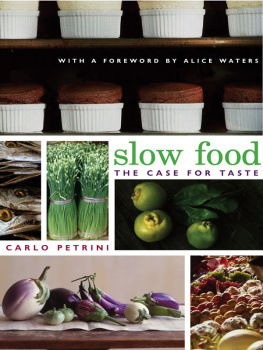
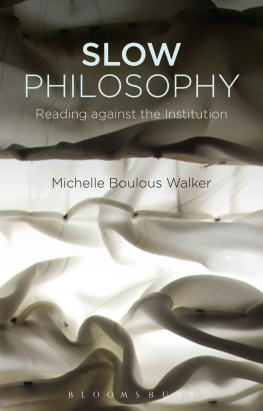
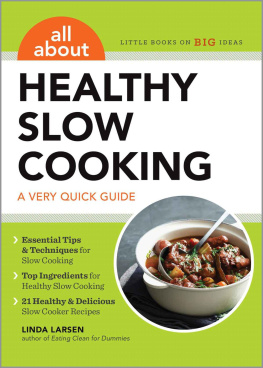


 The paper used in this publication meets the minimum requirements of American National Standard for Information SciencesPermanence of Paper for Printed Library Materials, ANSI/NISO Z39.48-1992.
The paper used in this publication meets the minimum requirements of American National Standard for Information SciencesPermanence of Paper for Printed Library Materials, ANSI/NISO Z39.48-1992.